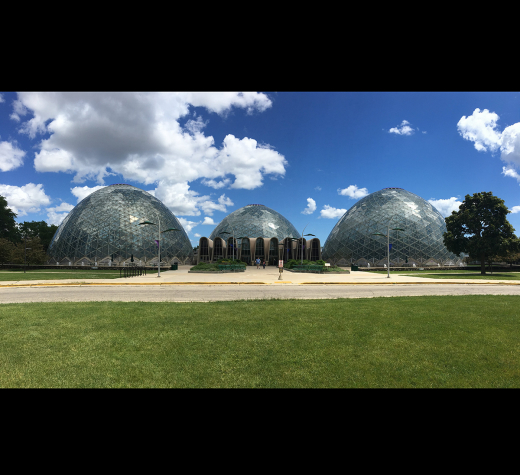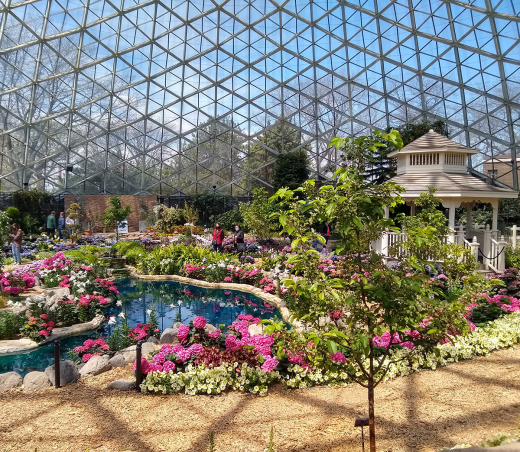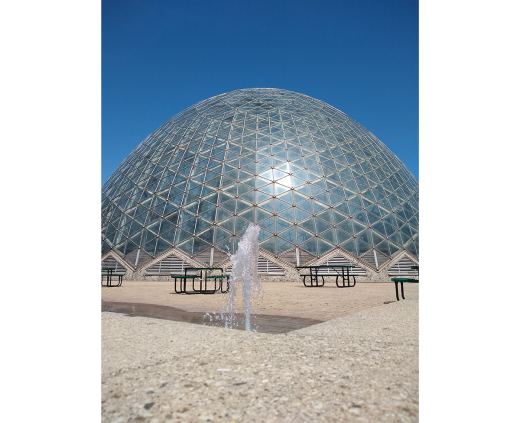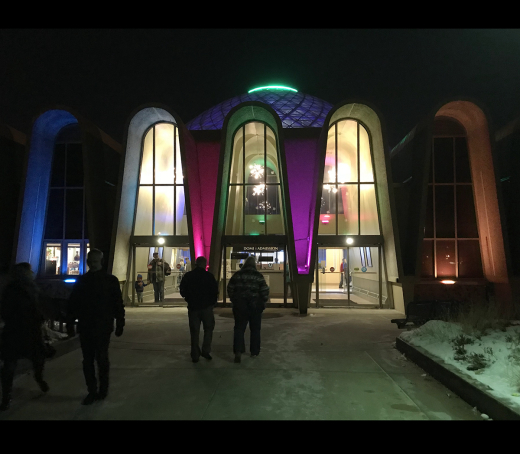Beyond Cream City Brick Part Two
The Mitchell Park Domes: Milwaukee's Public Modernist Marvel
The Mitchell Park Horticultural Conservatory, known as the "Domes," was designed in 1959 and constructed over the next eight years. Architect Donald L. Grieb's proposal for the cone-shaped domes was selected following a national competition. Its patented design has never been replicated, making the Domes unique in the world.
Former First Lady "Lady Bird" Johnson attended a dedication ceremony. In 2017 The National Trust for Historic Preservation named the Domes a National Treasure and joined with Milwaukee Preservation Alliance in advocating for a preservation solution. Other organizations, including Docomomo have recognized their significance. The public consistently expresses their appreciation for the Domes and the exceptional experiences they provide.










